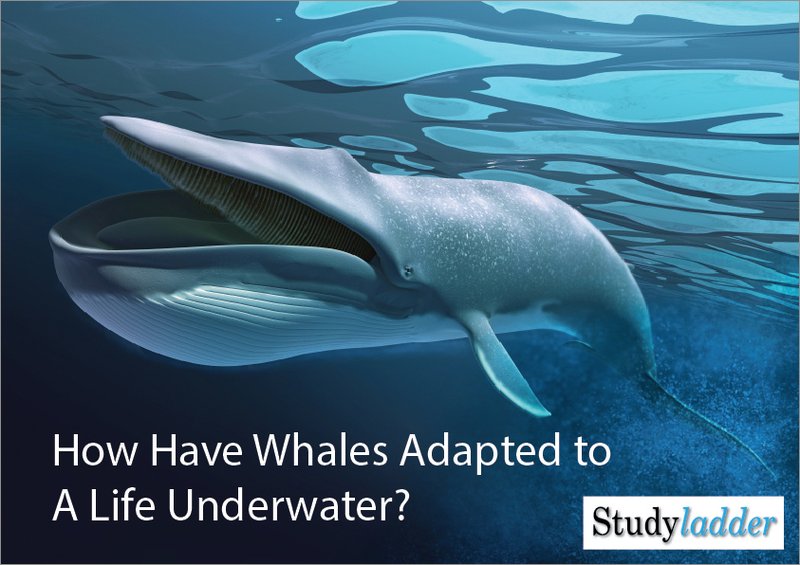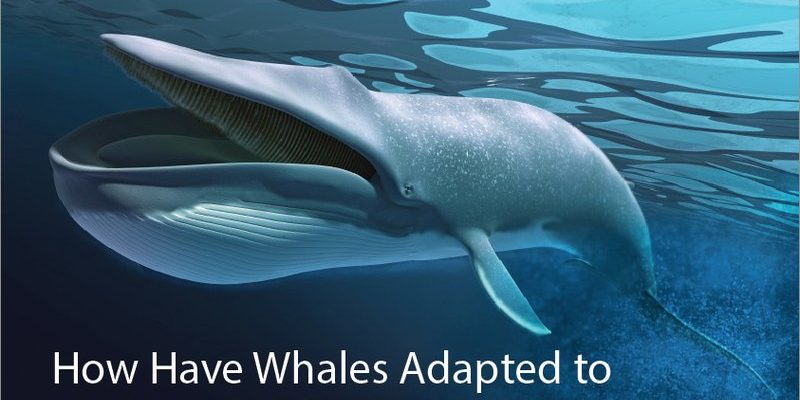
These adaptations allow whales to find food, communicate, and survive in conditions that would be challenging for most creatures. From their size to their specialized body structures, each aspect plays a crucial role. Let me walk you through some of the most fascinating adaptations that enable these marine mammals to navigate the watery depths with grace and ease.
Size Matters: The Benefits of Being Big
Whales are the largest animals on Earth. Just think about it—an adult blue whale can weigh as much as 200 tons! Now, you might wonder, why does size matter so much in the ocean? For starters, being big helps whales maintain their body heat in chilly waters. The larger the body, the more heat it retains, allowing them to thrive in environments that would send other creatures scrambling for warmth.
Additionally, size can deter predators. It’s sort of like a big dog being less likely to be challenged by a smaller one. For whales, having a massive size means fewer threats from other predators in the ocean, aside from the occasional orca. And since they generally travel in groups called pods, their sheer presence acts as a protective measure against potential dangers.
Streamlined Bodies for Efficient Swimming
Whales have streamlined bodies designed specifically for swimming long distances. Picture a sleek sports car cutting through the wind. That’s how whales move through the water—using minimal resistance. Their torpedo-shaped bodies allow them to glide effortlessly, reducing the energy needed to maneuver through the ocean’s depths.
Their fins, which are often referred to as flippers, are also thoughtfully designed. These appendages help with steering and balancing, letting them change direction swiftly when needed. Besides, they have powerful tails called flukes that propel them forward. The combination of these physical traits makes them incredible swimmers, capable of reaching speeds of up to 30 miles per hour in short bursts!
Breath Control: Efficient Oxygen Use
Here’s the thing: whales are mammals, just like us. They must surface to breathe air, but they can hold their breath for a surprisingly long time—some species can stay underwater for over 90 minutes! Their ability to hold their breath comes from a unique adaptation: they have a highly efficient respiratory system.
When they take a breath, they inhale a massive amount of oxygen, filling their lungs quickly. Then they can close off their nostrils, called blowholes, allowing them to conserve oxygen while diving deep underwater. This efficient use of oxygen is essential, especially when searching for food in deep waters, where they might not surface very often.
Sonar Navigation: The World of Echolocation
Whales are like the superheroes of the ocean when it comes to echolocation. Imagine being able to see an entire room with just sound waves. That’s what whales do! They emit sounds that bounce off objects, helping them locate food, navigate, and communicate with others in their pods.
This sonar ability allows them to hunt effectively, especially in dark or murky waters where visibility is low. For example, sperm whales can dive to incredible depths and use echolocation to find squid, their main food source, even in total darkness. It’s like having built-in sonar technology that gives them a massive advantage in their aquatic world.
Blubber: Nature’s Insulation
Living in cold ocean waters can be tough, but whales have a built-in solution: blubber. This thick layer of fat under their skin acts as a natural insulator, keeping their body heat from escaping. Think of it like wearing a thick winter coat but without the bulk. This adaptation is particularly important for species like the beluga whale, which often inhabits icy waters.
Blubber also serves another purpose—it provides energy reserves. When food is scarce, whales can rely on this fat storage to survive. It’s pretty smart, right? It’s almost like having a savings account that you can dip into when times get tough.
Communication: The Language of Whales
Whales are known for their complex songs and vocalizations, which serve as a means of communication in their vast underwater world. These sounds can travel great distances and help whales stay connected with one another, especially in the deep ocean where visibility is limited.
For instance, humpback whales are famous for their long, beautiful songs that can last for hours. It’s a wonderful way for them to convey messages to each other, whether it’s about food, mating, or warnings about danger. Just like how friends catch up over coffee, whales use their songs to maintain social bonds and navigate their surroundings.
Feeding Strategies: Adapting to Find Food
Whales have various feeding strategies that showcase their adaptability. For example, baleen whales filter feed using bristles in their mouths to catch tiny organisms like krill and plankton. They gulp massive amounts of water and then push it out, trapping their food like a sponge.
On the other hand, toothed whales, like orcas and sperm whales, actively hunt larger prey. They often work together in groups to corral schools of fish or chase down squid. This social hunting is similar to a coordinated team effort, showcasing their intelligence and teamwork in the quest for food.
Whales are a magnificent example of how life adapts to thrive in specific environments. From their size and streamlined bodies to their incredible ability to communicate and hunt, these adaptations help them navigate the challenges of the underwater world. Each characteristic is fine-tuned for survival, allowing them to not only survive but also flourish in the oceans.
Understanding these adaptations not only deepens our appreciation for these incredible creatures but reminds us of the wonders of nature. Whether it’s their breath control, echolocation, or social structures, whales truly are the giants of the sea. So next time you think of whales, you can appreciate not just their beauty but the intricate adaptations that help them thrive underwater.

